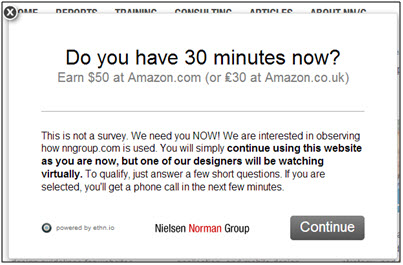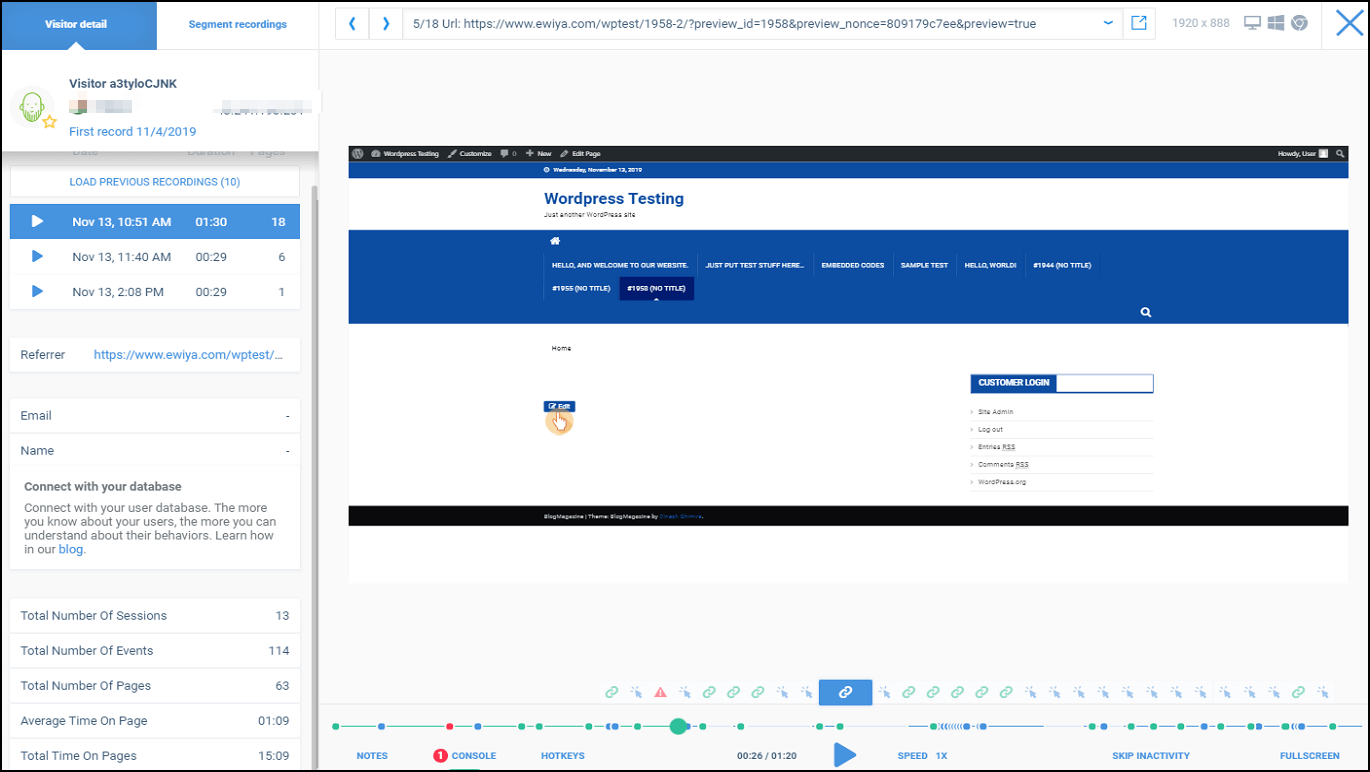Most product managers know that the best insights come from talking to customers. While it can be intimidating to pick up the phone, there’s no better way to overcome the tunnel vision that comes from being too close to the product. Usability tests are typically the most efficient way to gain these insights from users or even random strangers.
Let’s take a look at how to design a usability test, find test subjects and streamline the process without spending a lot of time or money.
Usability tests can be intimidating to organize and hold, but there’s no better way to overcome product tunnel vision. Share on XWhy Usability Tests?
Usability tests involve watching test subjects try to use the product you’re building—regardless of fidelity—to help inform user experience decisions. Early-stage usability tests may focus on product-market fit with sketches whereas later-stage tests may focus on the actual application. These tests may occur only at the design stage or run monthly for each project.
Some examples of usability tests include:
- A happy path for a critical task.
- A specific button or interaction.
- A new onboarding sequence.
Each usability test is typically written as a scenario to provide context. For instance, a scenario might discuss how you arrived at the current screen, your state of mind in the process and the goal you want to accomplish. Most usability tests have three to five specific scenarios, but if you’re involved in a product design sprint, you may have even more.
Where to Find Test Subjects
The best test subjects are existing users, email subscribers or people in your social networks. If projects involve highly specialized users, such as doctors or lawyers, partnerships or professional networks may be the best source of test subjects. You should ensure that test subjects are as diverse as your user base to get the best results.
[ Content upgrade with ID = 586 not found ]Other places to look for test subjects include:
- Testing Services: UserTesting.com, UserBrain.com and other services provide access to test subjects and even facilitate usability tests in some cases.
- Craigslist: Local businesses can use Craigslist to find test subjects in some cases, although this mostly works for B2C businesses.
- Advertising: Targeted social media or search advertising directing visitors to a landing page to sign up can be an effective way to attract test subjects.

Example of Advertising for Test Subjects – Source: NNGroup
Most usability tests compensate test subjects for their time. For example, testers may receive a gift card, physical products or credits to a user’s account. The value of these gifts should be between $25 and $75 depending on the use case, or in some cases, higher if you’re working with highly specialized and high paying professions.
How to Run Usability Tests
Usability tests can be run in-person or remotely. When running remote tests, Zoom or Google Hangouts with screen recording software work best. For example, ScreenFlow enables you to capture high-quality screen recordings and incorporate them into demonstrations for developers, designers and other members of the development team or wider projects.
[ Content upgrade with ID = 586 not found ]A typical usability test has four components:
- Introduction: Introduce the project and stress that you’re testing the software (not the individual), encourage them to think aloud, and reassure them that they won’t hurt anyone’s feelings with their thoughts and responses.
- Walkthrough: Open the application and ask the user to walk through it. Without clicking on anything, ask them to explore the current screen and relay what they’re thinking aloud to provide some context and initial thoughts.
- Steps: Read a list of tasks aloud. With each task, ask what the user is thinking, what they expect to see, and if what happened was expected. The goal is to collect as much honest feedback as possible as they are actually going through a workflow.
- Wrap Up: Ask for any general feedback, thank the user for their time and provide them with any promised gift. Don’t stop the recording during this step in case they leave any last-minute feedback after the “formal” session is over.
Of course, each organization has different processes depending on their application and testing setup. The key to success in any process is letting the test subject talk through their thoughts while providing minimal prompts to them. That way, you’re not subconsciously informing their decisions or telling them what to say.
Alternatives to Consider
Usability testing is the best way to understand the mindset of users, but there are some alternatives that provide similar insights. In particular, modern analytics tools provide in-depth insights into how real users interact with your application, and in some cases, you can intercept those sessions and automatically ask targeted questions.

SmartLook’s Session Viewer – Source: EBool Review
For example, SmartLook enables product managers to record and replay specific interactions with a website or mobile app to see how they impact conversion rates. The platform even lets you view each user session, take notes on different interactions and even see the errors that occurred during the session and potentially caused a lost conversion.
If you’re using a development shop or marketing agency, they may also provide user testing services and help coordinate the process. Outsourcing usability tests can help free up time to focus on development while still gaining access to the insights that you need to ensure that you’re on the right track with product design and functionality.
The Bottom Line
Usability tests are a cornerstone of effective product development. While they can seem intimidating, new technologies have made the process easier than ever. There are also several strategies that you can use to outsource portions of usability testing, including the use of services like UserTesting.com that provide an all-in-one platform.
If you’re building an application, Sharkbyte can help you with everything from scoping out a project to building it. Contact us today for a free consultation.



